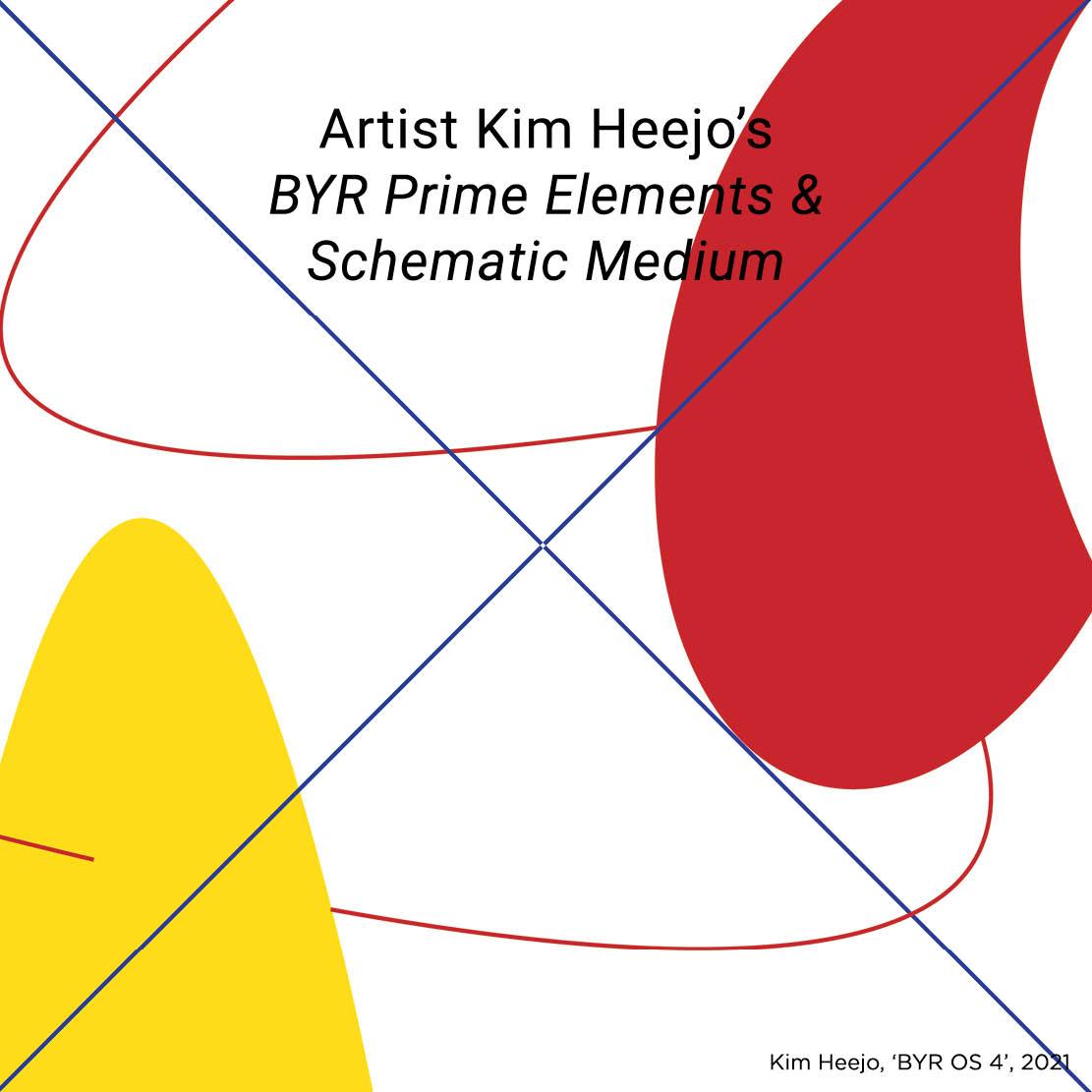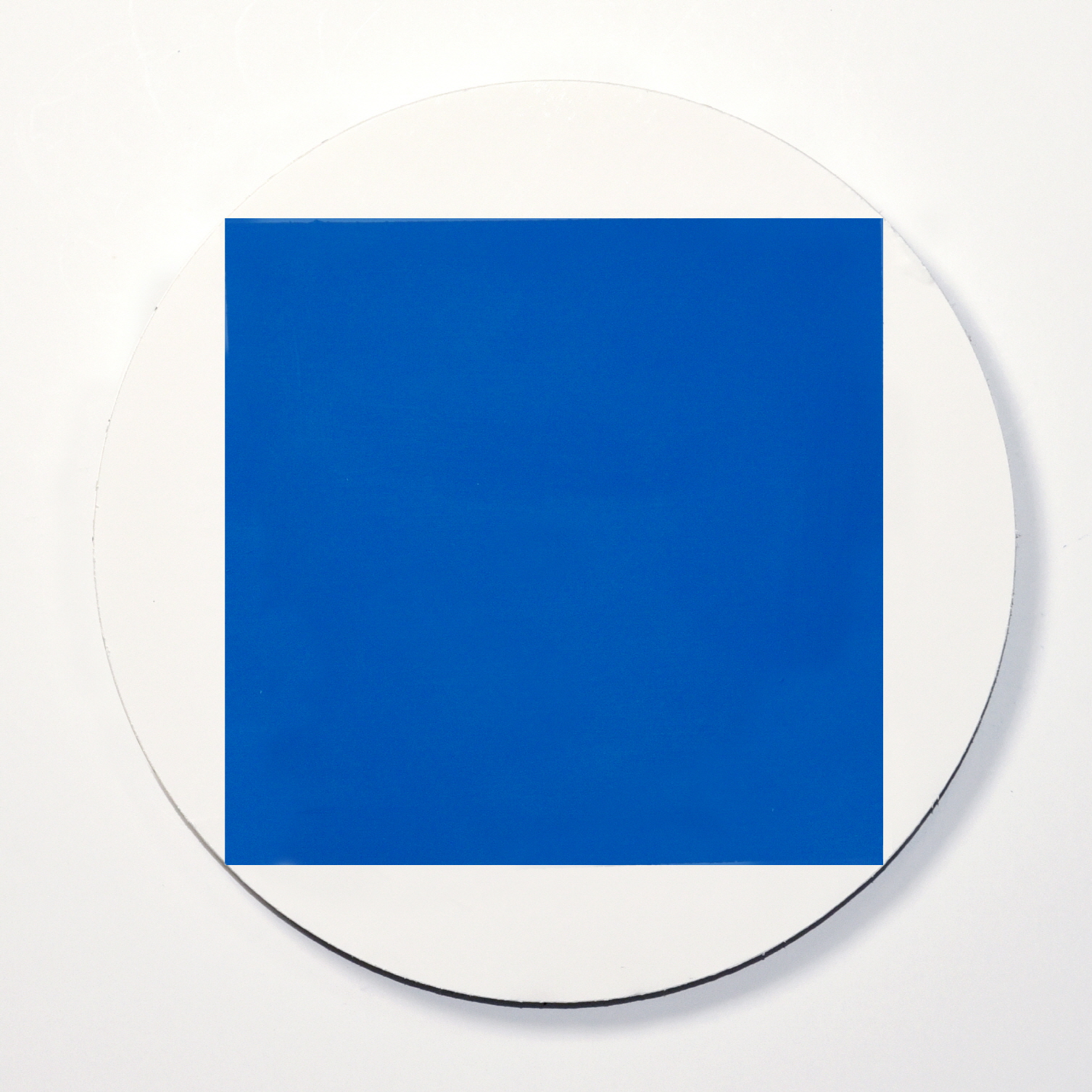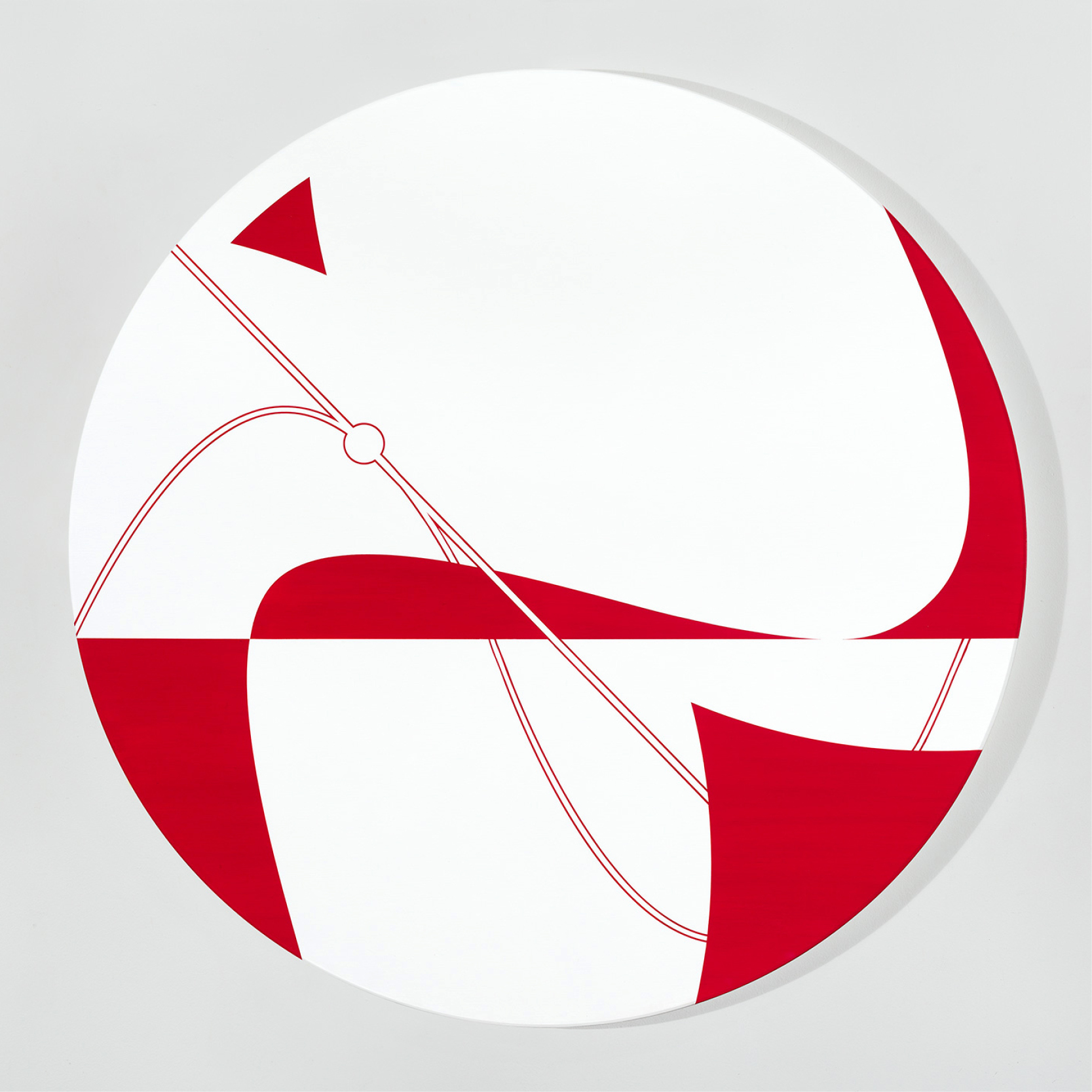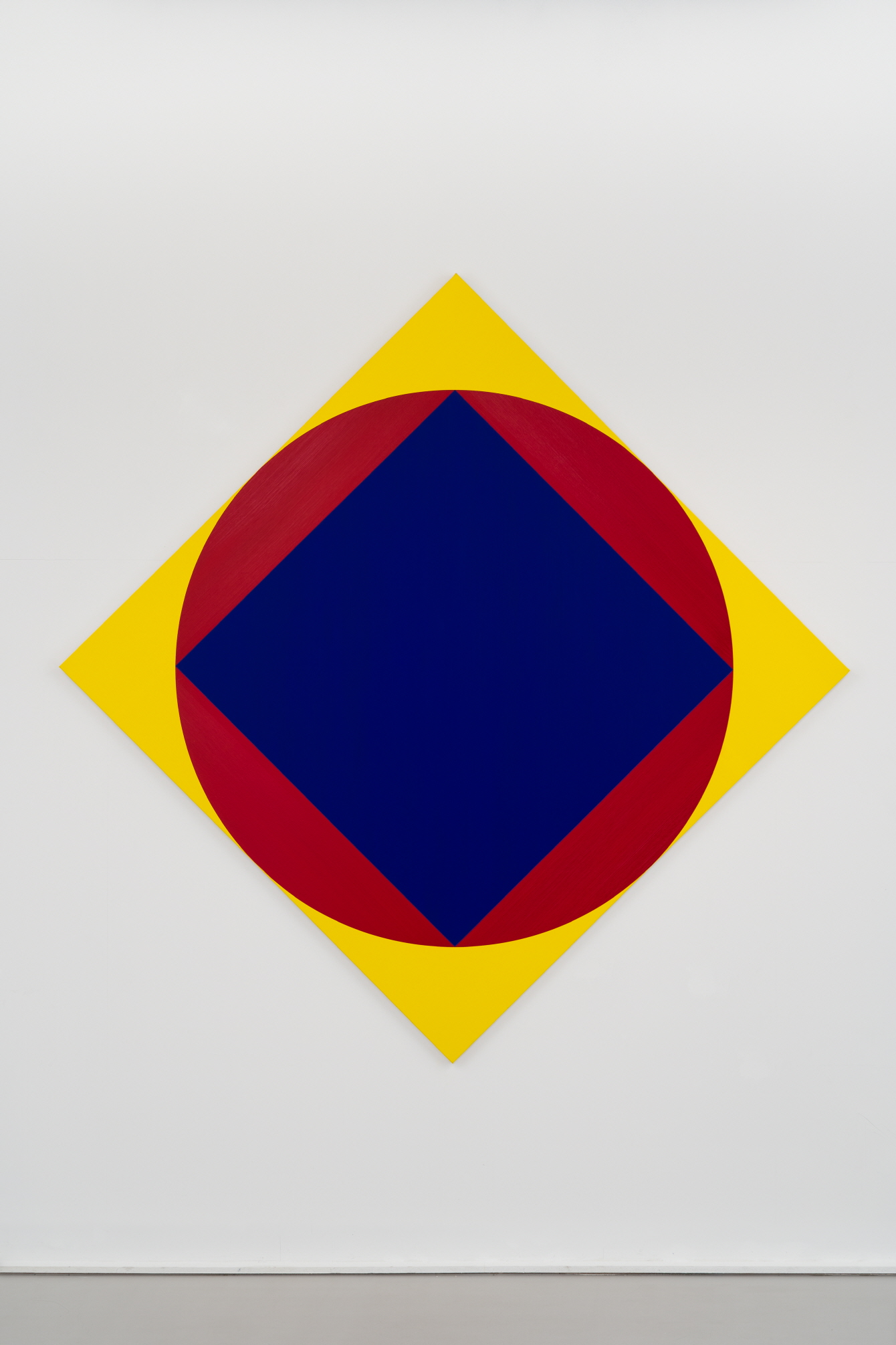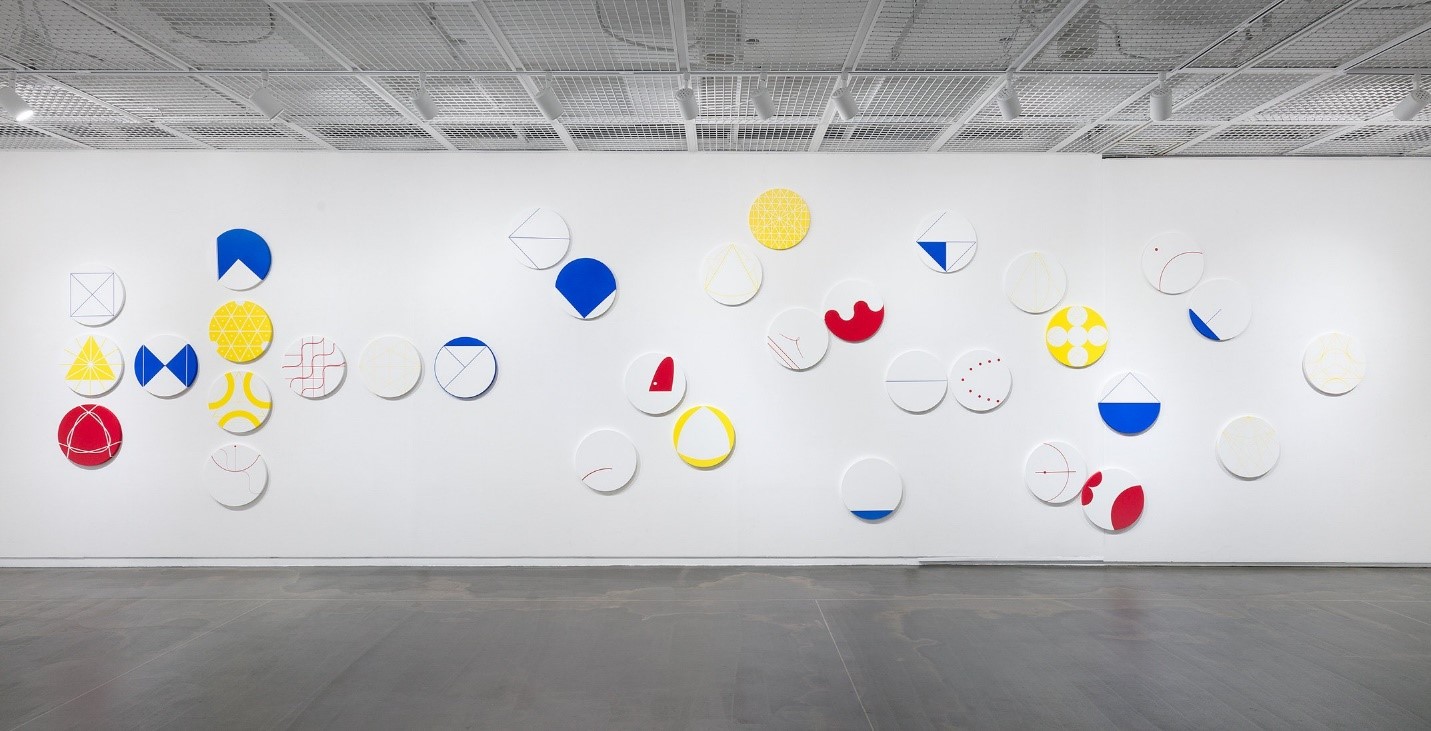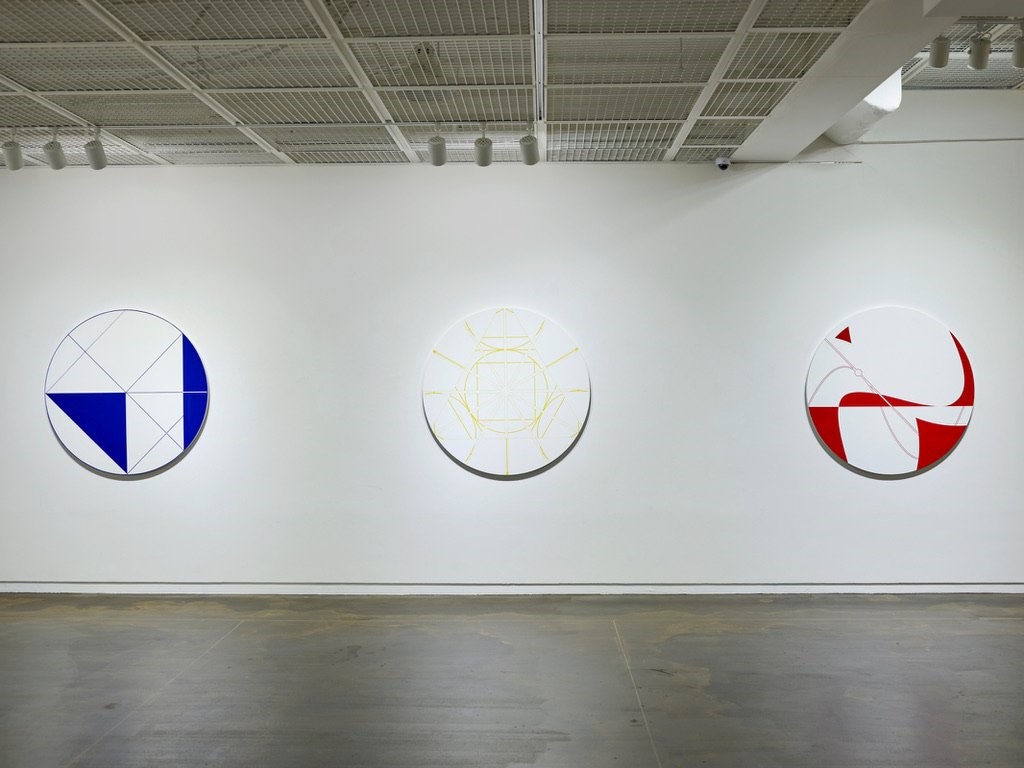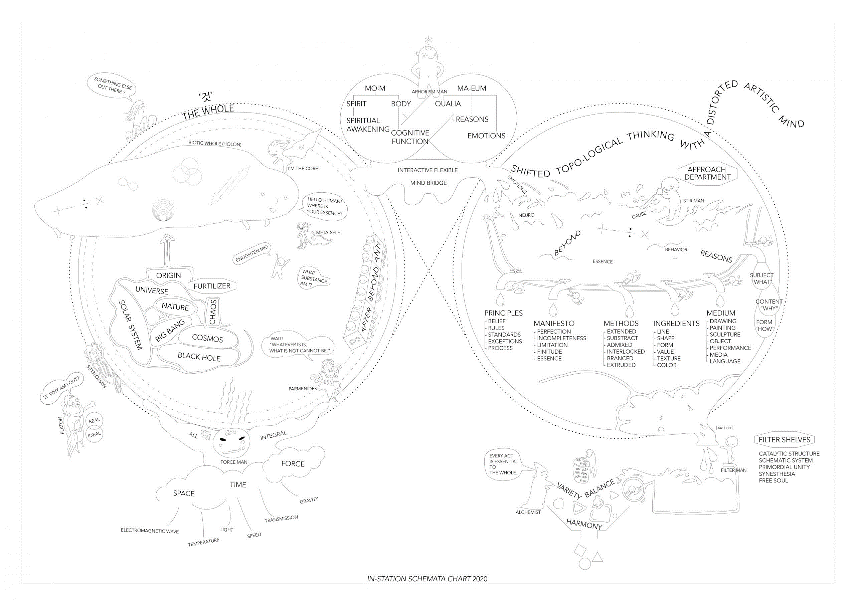Solo Exhibitions (Brief)
Kim Heejo held her first solo exhibition 《Hello, Dolly!》 (2009, Galleria gli Eroici Furori) in Milan, Italy, and has been mainly active in the United States.
After holding solo exhibitions 《The Series》(2010, Blank Space Gallery, New York, USA) and 《New Works, ‘Double Toil and Trouble’》 (New York Studio School of Drawing, Painting and Sculpture, New York, USA), her first in Korea she had a solo exhibition 《BYR: Prime Elements》 (2020, UARTSPACE, Seoul, Korea).
Group Exhibitions (Brief)
Participated in group exhibitions held at Centotto Gallery (New York, USA), Bowery Gallery (New York, USA), Main Gallery (New York, USA), Interalia Gallery (Seoul, Korea), Insa Art Center (Seoul, Korea), Blank Space New York Gallery (Seoul, Korea), Gana Art Center (Seoul, Korea).
Awards (Selected)
She was the recipient of the Herzog-Meier Award in Art (Oregon, USA) in 1999 and the Pamela Brown Roberts Award (New York, USA) in 2004.






